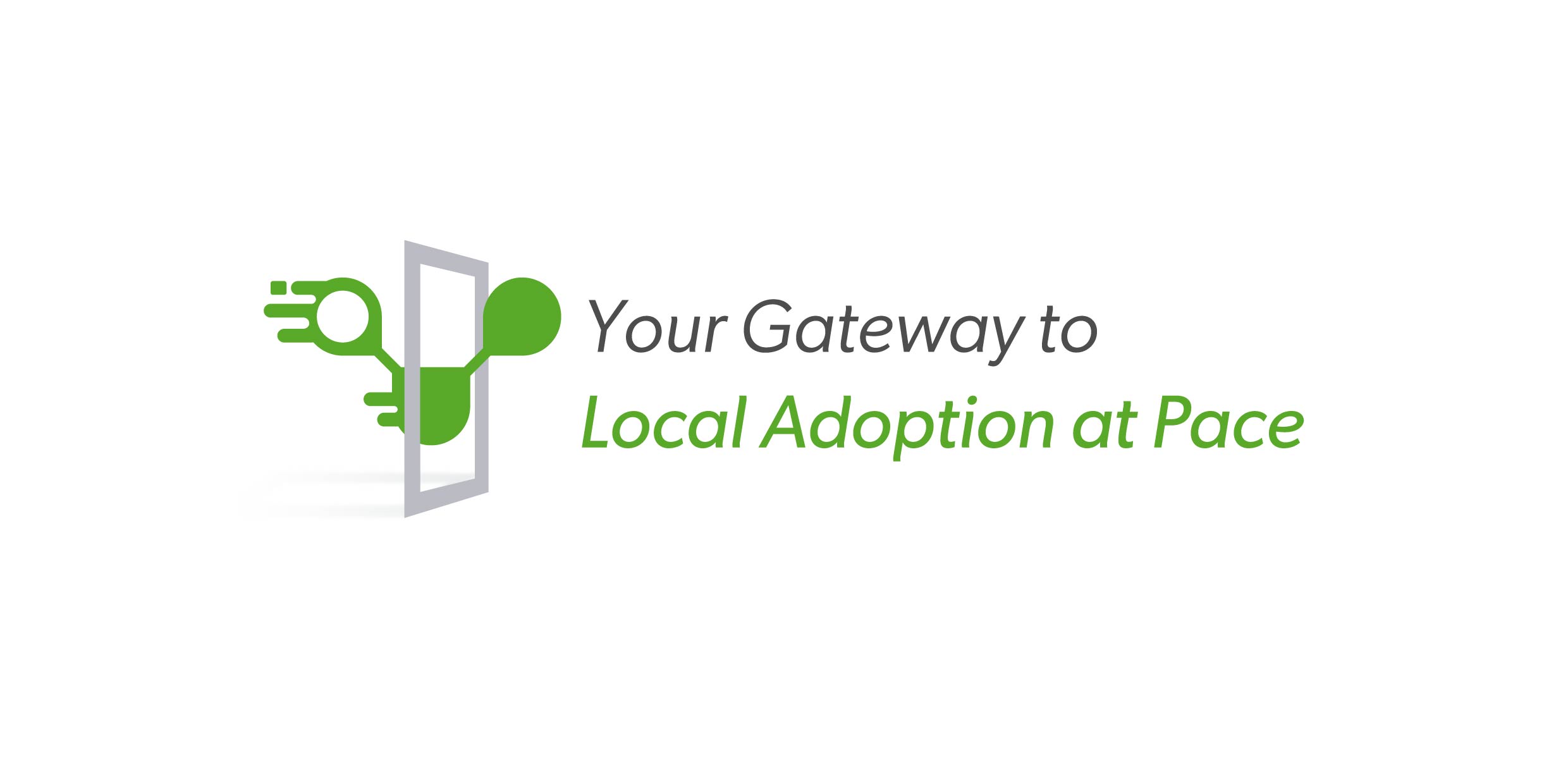NHS England (NHSE) recently published an update to the commercial framework for new medicines. The document, which outlines the principles on which NHSE’s commercial medicines activity will be based, now provides more clarity on indication- and combination-based pricing. These have been particularly tricky for industry and the NHS to navigate.
Key takeaways include:
- Patient Access Schemes (PAS) remain the preferred option for companies to consider when developing their value proposition for evaluation by NICE.
- There is evidence of increased commercial flexibilities for both indication- and combination-based pricing, and companies should engage NHSE early to get to an effective solution:
- There is recognition that launching new indications can be “commercially unviable” and new principles are outlined for indication-based pricing. This is a move away from their 2021 stance, where NHSE said “it does not operate blended pricing or pricing by indication.”
- For combination-based pricing, the commercial framework supports the Competition and Markets Authority (CMA) prioritisation statement. This outlined where it will not prioritise investigations under the Competition Act between medicine manufacturers regarding combination therapy.
So, what does this mean for the life sciences sector?
The specificity set out in the commercial framework means that the life sciences sector can more clearly understand, and plan for, the opportunities for commercial flexibilities, where a commercial arrangement beyond a PAS might be required.
Visions4Health has recently supported clients to navigate both indication- and combination-based pricing scenarios. If you need advice or support in this area, please contact us and one of the senior team will be in touch.
Criteria for indication-based pricing
The revised framework sets out a list of criteria where indication specific pricing will be considered:
- The medicine for the indication meets an unmet clinical need.
- The company can demonstrate, with a high degree of confidence, that uniform pricing would reduce the total revenue for a medicine across all indications.
- Sufficient data is available within existing NHS systems to make such arrangements operationally feasible.
- The cost-effective price is highly differentiated for all indications under consideration.
NHSE has, however, given themselves some breathing space by making clear that “bespoke commercial flexibilities” may continue to be used on a “case by case basis”.
Update to combination-based pricing
For combination therapies NHSE has outlined the current guidance following the CMA position statement:
- Combination therapies are described as comprising of one or more backbone medicines (already available to NHS as a standalone medicine) plus an add-on medicine(s) which is added to create a combination therapy.
- NHSE and NICE support the CMA statement regarding pricing on combination therapies. Engagement with companies will continue to be in line with this negotiation framework.
- Companies are encouraged to use data sources already available to them. Where this is not possible NHSE will consider a request for data from companies that already have combination therapies in the NICE evaluation process.




